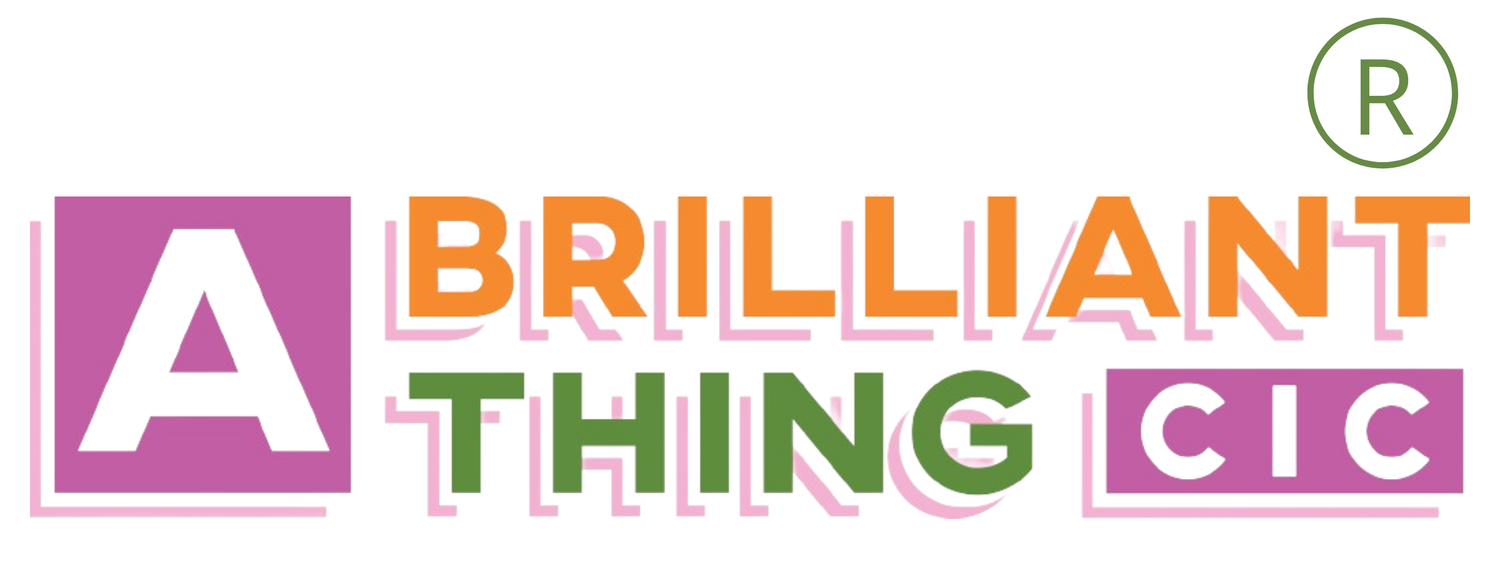Idea Hothouse – How to grow innovative ideas
Ideas are captured pieces of imagination. They are by nature, creative and not certain, they plant seeds of possibility and open flowers of potential. Progress, change, development and improvement are all built on ideas.
If you have started a business, project or initiative, you have acted on an idea -or as Elizabeth Gilbert describes in her book Big Magic, collaborated with the idea. Gilbert describes ideas as ‘disembodied energetic life-forms’.
But great work doesn’t start with one good idea, it doesn’t even start with multiple ideas to choose from. It starts from a fertile culture that enables ideas to grow. Rather than concentrating on trying to ‘catch’ ideas a better approach is to nurture ideas to ‘grow’.
Ideas needs 3 things to grow; conditions, connection and pressure.
The conditions of an environment will influence what ideas grow and how they flourish. Global film company Pixar believe “creative ideas come from collaborations.” And organise their culture around this, creating playful environments like ‘huts’ instead of office cubicles and practices like sharing unfinished work to invite feedback and collaboration. I know that when I have curated conferences, attendees left feeling energised and full of ideas when they had been immerse in a creative space designed for unexpected interactions.
Ideas like to attach themselves to something, they like something to connect with- a stimulus or provocation- a reason why. This is emotional and practical, ideas need to feel they matter, then they need help to get connected. Spotify whose tagline is ‘Listening is Everything’ organises its people around connection and communities of interest, a photography group gathers people from all areas of the organisation these groups cut across the organisation, cross pollinating ideas and creating a social culture.
Ideas are shaped by pressure. Maybe this pressure looks like a limitation- time, resources, urgency or maybe the pressure comes in the form of a tension, obsession or necessity. This isn’t the same as stress, ideas demanded under stress are unlikely to emerge in their most creative form. Rather it’s the pressure of a challenge that cultivates innovation. Ideas adapt and propagate around edges and frontiers, much like alpine plants grow through cracks in rocks, bright, resilient and hardy.
UK-Based innovation foundation Nesta, shares the factors for radical innovation during crisis in this article, though also warns against innovation made only in crisis. This article by Belle Beth Cooper describes a gentler version of pressure, sharing beautifully innovative art, created with constraints.
Create your own Idea Hothouse
Choose your method of recording ideas and your reflections on idea-generating activities. I like to use a journaling approach and have a book in which I free-write, brainstorm, doodle and make notes. You might prefer audio, collecting recordings of thoughts on your phone. A team might have an idea wall of post-its or an event might have a visual note taker.
When you have decided on your recording method, you can cultivate the conditions, connection and pressure needed to grow great ideas using these prompts.
Conditions
Consider the space, time of day, tools and materials you will use.
Sensory environments change the quality of ideas.
Organise thinking time outside, discuss ideas while cooking a shared meal, journal ‘stream of consciousness’ ideas at dawn, think in the rain, whilst walking, in a group, silently or to music.
Change something about the environment you are thinking in.
Whatever conditions you create, ensure you reflect on your thinking and capture ideas (in a notebook, audio etc).
Connection
Why do you want to grow ideas? What if you stopped, what if your ideas didn’t exist? What if they were taken away? What can you connect your ideas to, why do they matter? Ask questions, get fired up.
Add something new into your thinking, bring a new person into the conversation, someone different from you in some way, and find connections, overlaps, similarities. Mix teams up. What new ideas can you nurture between you?
Spend time away from your thing actively learning something new (maybe watch a TED talk or read an article with an opposing view to your own) then infuse your original thoughts with your new learning to create original new but connected ideas.
Record your ideas and experiences.
Pressure
Use time limits for idea generation or experiment with limiting the tools you use or the space you have.
Combine with accountability, post on social media stating that you will list your new ideas in 24hrs or commit to a friend that you will send them a photo of a brainstorm you plan to create.
Change the pressure. If you usually work at pace, engage in a leisurely activity (walking, drawing, sitting by a window) and see what ideas bubble up.
In a team you can give each other parameters, each set mini briefs around your focus, swap, work individually (for a short period of time) and come back with proposals. You’ll find fresh perspectives and ideas when the focus is seen through different people’s perspectives and when different parameters have been set.
Capture the ideas as they emerge.
If you’d like to set up an Ideas Hothouse event or workshop for your organisation, or to discuss individual coaching for idea generation, please get in touch.
If organising your world to grow and develop your ideas, project or business is your thing you might be interested in this upcoming course How to Organise your Time and Energy to Fulfill your Purpose

